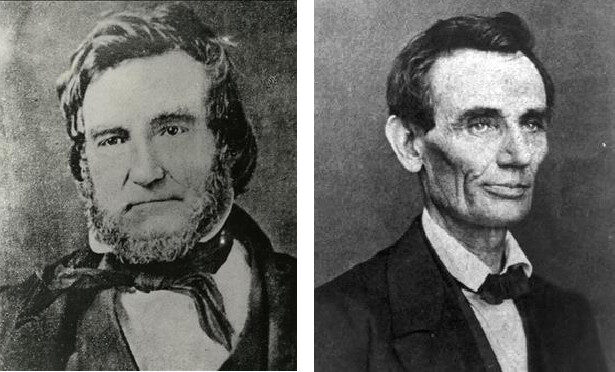A new ranking shows that Washington ranks second behind Hawaii as the healthiest state in the country.
The index ranking uses 29 factors to determine which states are prioritizing their health, from air quality to the number of deaths from infectious diseases to smoking statistics, fitness levels and healthy eating habits.
Washington’s score was 71.6 out of 100 (Hawaii was number 1 at 71.8).
The Evergreen state’s ranking was helped by a low percentage of smokers, comparatively clean air, and low mortality rates. Washington’s ranking could have been higher but for obesity and fitness measures.
The top 5 states in order are:
⦁ Hawaii
⦁ Washington
⦁ Utah
⦁ Alaska
⦁ California
West Virginia was listed as the least healthy state in this study.
Seth Bader, whose injury law firm BaderScott.com commissioned the study, spoke on the findings: “One of the key lessons from these health rankings is the significance of small, consistent habits. In today’s fast-paced world, it’s easy for health to become a secondary concern, but small actions can lead to significant long-term effects.
“Incorporating regular movement into the day—whether it’s a quick walk during lunch or choosing the stairs over the elevator—helps keep the body active.
“Nutrition is equally important. Prioritizing healthy eating, even when on the go, can make a big difference. Choosing fresh fruits, vegetables, and whole foods instead of processed snacks supports sustained energy levels and improves focus throughout the day.
“For many of the states who scored poorly in the ranking, air quality is one of the biggest problems. While this is hard to avoid, the more time you can spend out of built-up areas, the better. Trips to green spaces are good for both your mental and physical health.
“By making sure your health is a priority and being conscious of the health habits that affect your local community, you can improve your quality of life by making small but impactful changes.”
Methodology:
29 health-related factors were used to compile the index. A weighting was then assigned to each factor reflecting the completeness of its data and its importance within the analysis. Once the weightings were assigned and the data was scaled, total index scores out of 100 were produced for each state, upon which the final ranking is based.
Sources used:
⦁ https://www.lung.org/research/trends-in-lung-disease/tobacco-trends-brief/data-tables/youth-cigarette-smoking-tobacco-use-by-state
⦁ https://wonder.cdc.gov/controller/datarequest/D158
⦁ https://www.cdc.gov/alcohol/data-stats.htm
⦁ https://nccd.cdc.gov/dnpao_dtm/rdPage.aspx?rdReport=DNPAO_DTM.ExploreByTopic&islClass=OWS&islTopic=&go=GO

















